Behind the scenes at the Museum: Installing the King James Library Exhibition
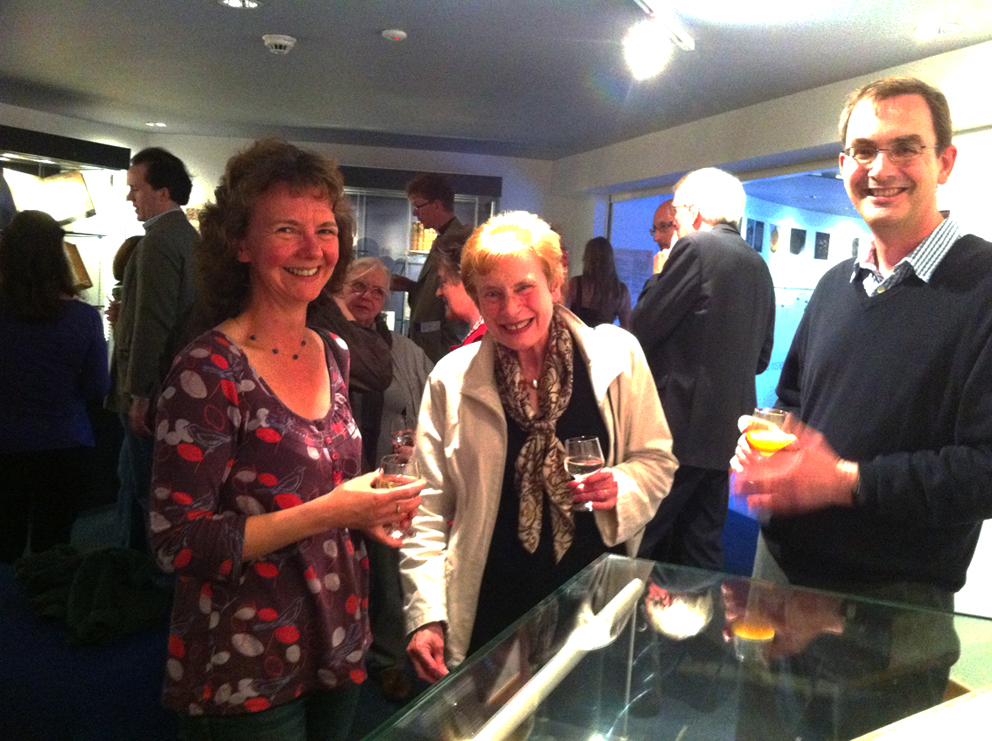
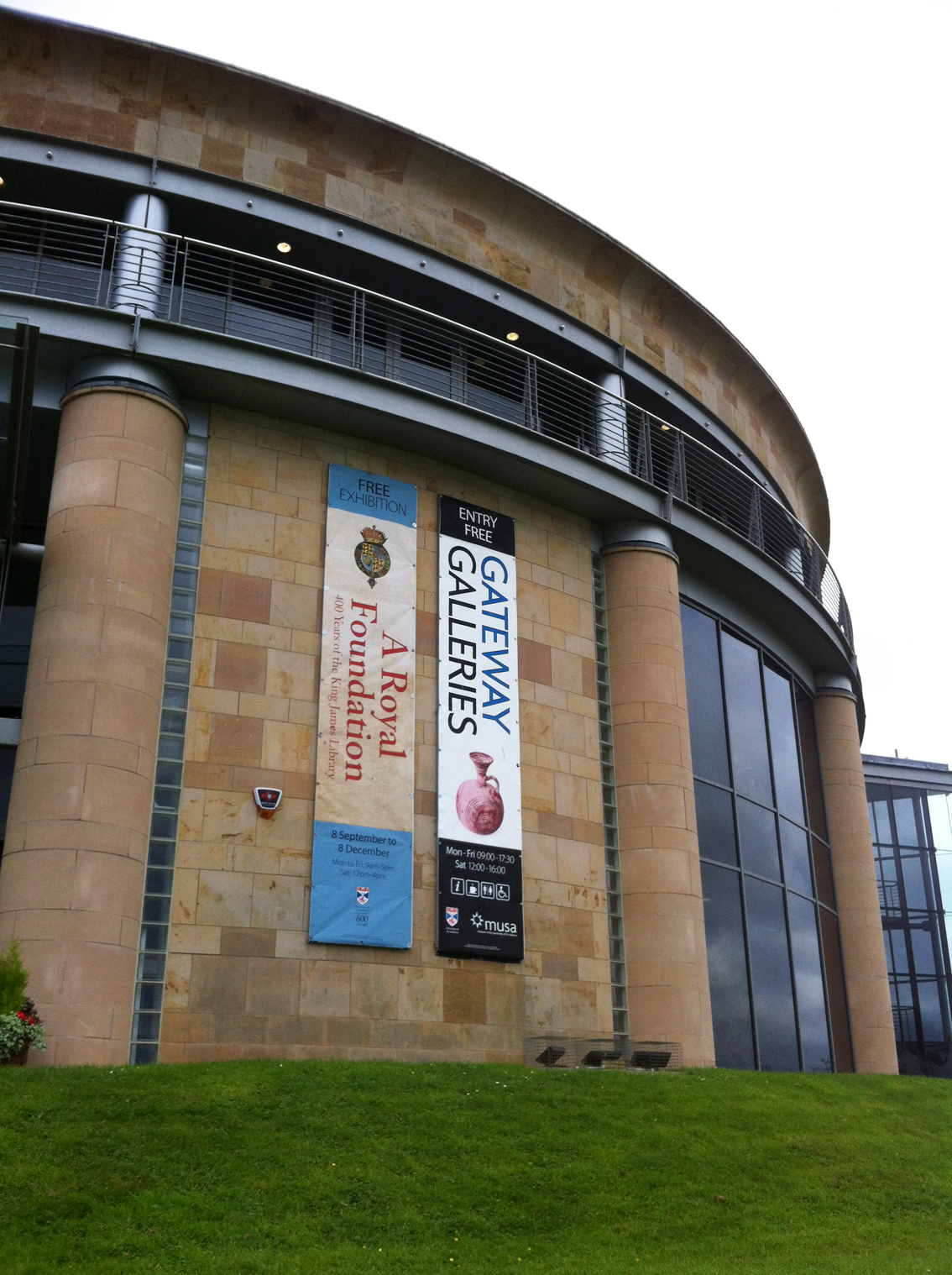
We have just celebrated the opening of our latest exhibition. ‘A Royal Foundation: 400 years of the King James Library’ celebrates the establishment in 1612 of a shared library for the whole University community in St Andrews with the support of King James VI & I and his family. Our theme is the library as a physical space, as a place for learning and research and as a collection of books and objects to stimulate the curious enquiring mind. Such a view of the library is very topical just now, as we reach the end of the refurbishment of our current University Library on North Street and are planning for the future location and development of our Special Collections.
This exhibition is on display in the Gateway Galleries of the University of St Andrews, and it has been a joint venture between the Special Collections Department of the University Library and the Museum Collections Unit which manages this temporary gallery space. This post is co-authored by two members of staff from these sections, Rachel Hart (R) and Helen Rawson (H) who reflect here on the challenges and joys of working together on this project over the last nine months.

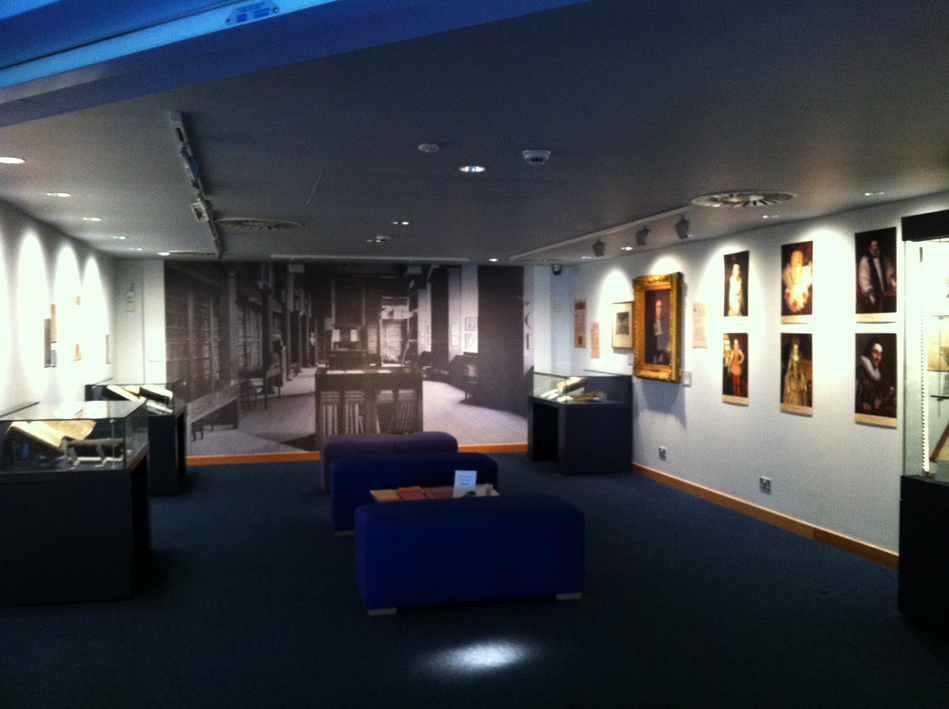
R: Well, Helen, we can breathe a sigh of relief – the exhibition’s up and looks great, the opening is behind us and we seem to have invited the right people, and installation went smoothly with only minor hiccups! What do you think about the story we have ended up telling?
H: It was certainly an interesting one to piece together! We’ve covered several centuries, from the earliest libraries to be established in St Andrews in medieval times, to the foundation of the University Library through royal gifts from James VI and his family, and on to the amazing selection of books that came into the Library in the 18th and 19th centuries when it was a copyright deposit library. With such a wide range of fascinating material to draw on, how did you ever manage to narrow down the choice of library material for the exhibition?
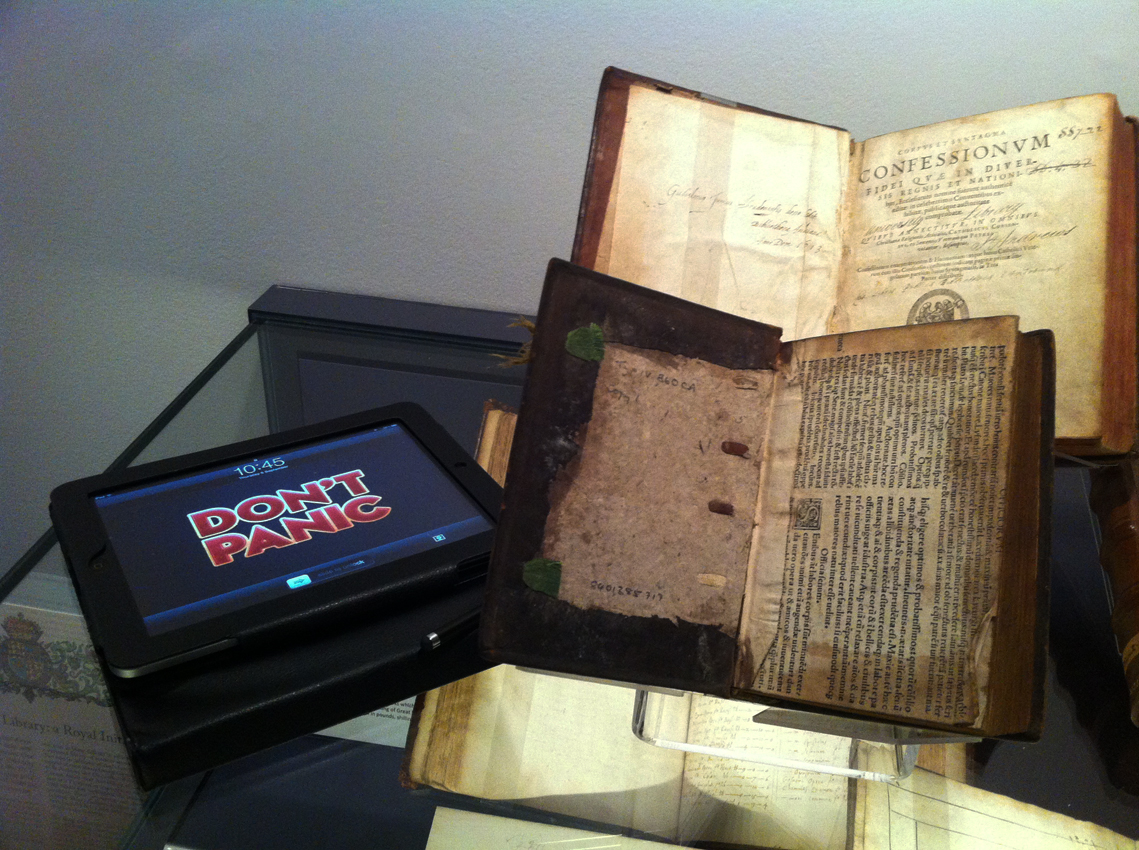
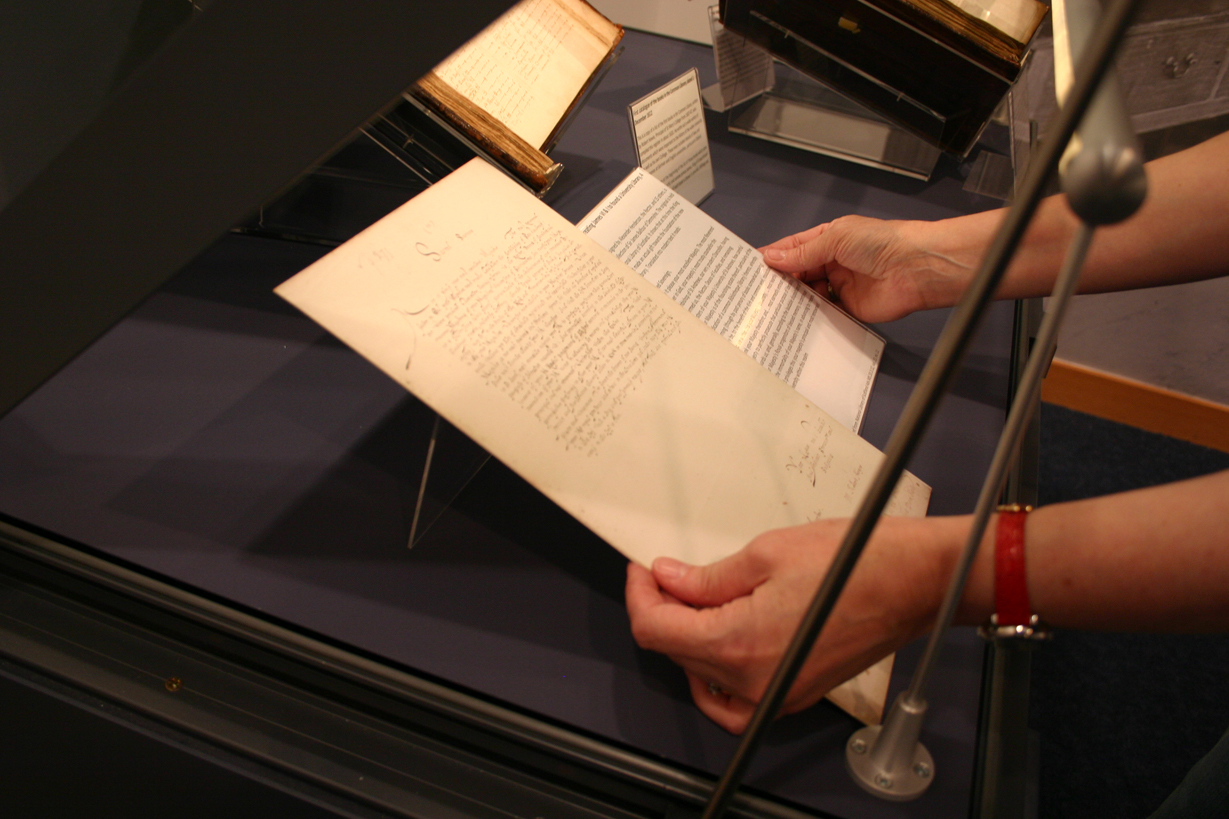
R: It was really difficult! The University Library’s archive is extensive and goes right back to these earliest days of its operation, covering every aspect of its work. Also of course our amazing Rare Book collections still contain many of the volumes which are recorded in earlier catalogues. Gifts of books were essential to the growth of the library over the years and, because we wanted to focus especially on Royal connections, we chose some of their wonderful donations to put on display. We also used records which show the key stages in the setting up of the library and how it functioned. Most of the archives, books and museum objects come from our own collections, but to tell the story properly we needed to ask other institutions to help us. So this means that visitors will see a copy of a document written by Mary Queen of Scots pledging books to St Andrews should she die in childbirth in 1566 from the National Records of Scotland. And there’s a copy of a 1611 letter from the National Library to persuade the King to found the library. And what about that impressive portrait you managed to borrow from Aberdeen?
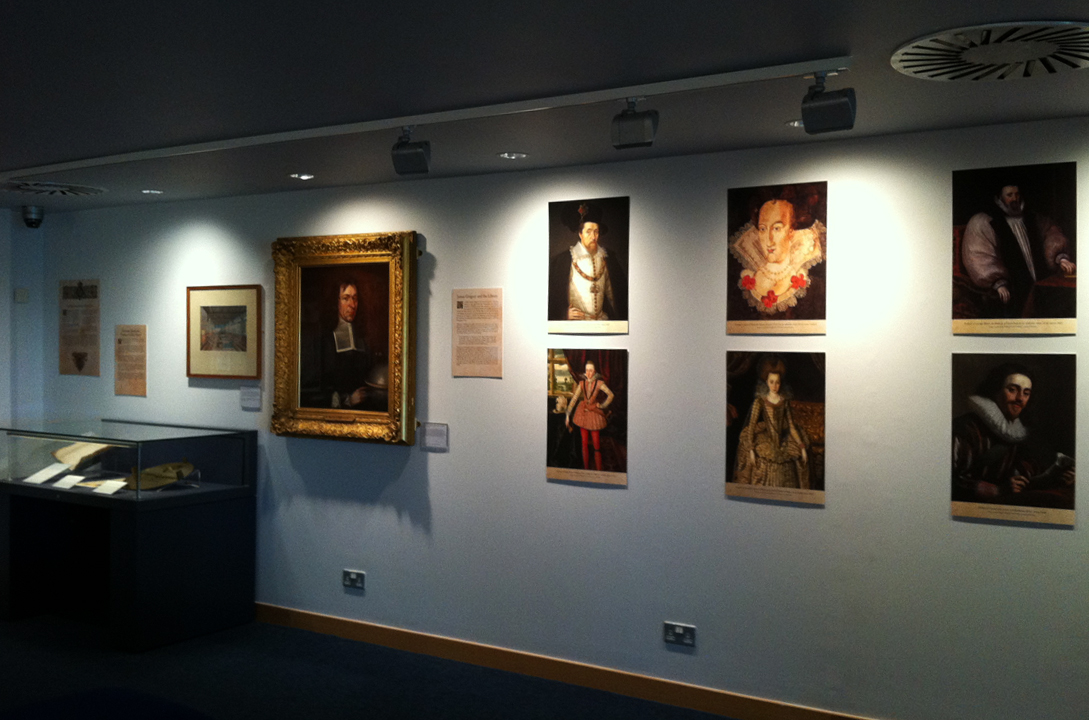
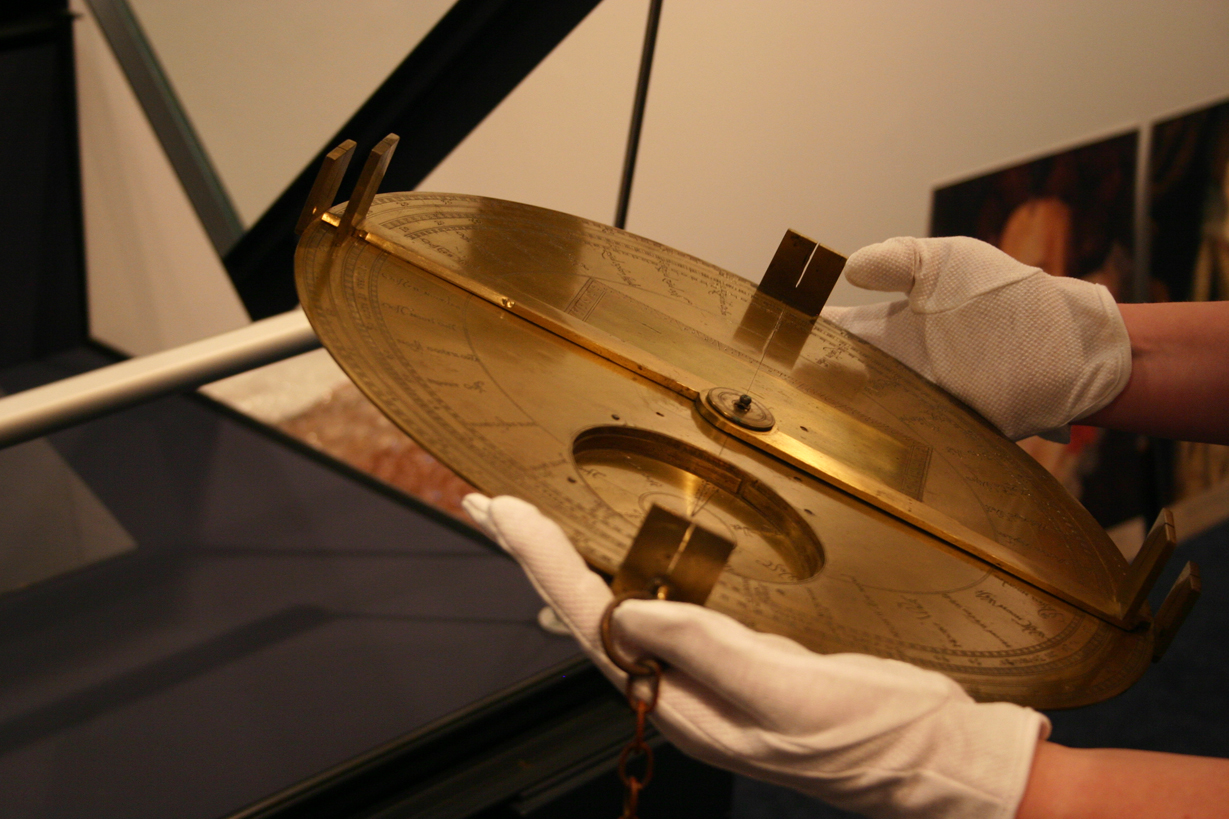
H: Yes, we are very fortunate that the University of Aberdeen Museums lent us their wonderful 17thcentury oil painting of James Gregory. Thankfully, our gallery is well equipped to meet the demanding standards of such an important loan. The light levels, temperature and humidity all have to be carefully controlled; the portrait even had to travel in a climatically-controlled lorry! Gregory, who invented the reflecting telescope, was appointed the first Professor of Mathematics at the University of St Andrews in 1668. While the University was constructing an observatory for his use, he carried out experiments and observations in the University Library. Some of the fabulous instruments he used can be seen in the exhibition. The Library building has changed a little since his time, of course. One of our challenges was to give visitors a sense of the physical space of the King James Library in the exhibition gallery. Did you enjoy exploring ways of meeting this?
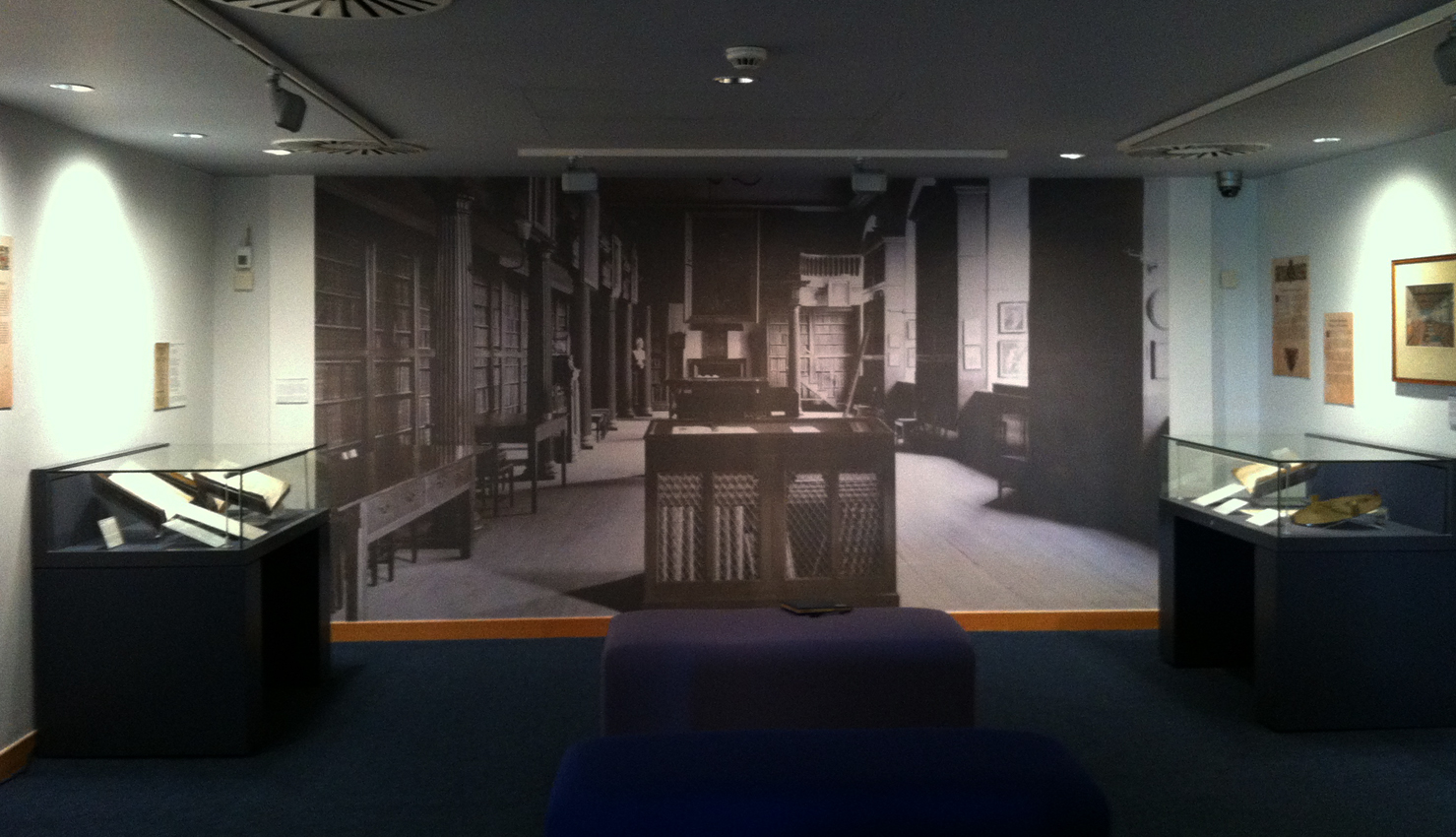
R: It was fun! We wanted to make the library real to those who might never have visited it. It is a fantastically atmospheric space. We decided to use an image of the interior of the King James Library from our photographic archive to achieve this. So the only photo in the exhibition has been blown up to 4 metres wide by 3 metres tall and was wall-papered in sections onto the end wall of the gallery. The estates decorators rose to the challenge – they said they were really pleased to be wall-papering as a change from painting in magnolia – and you almost feel as if there is a room beyond the gallery into which you could walk. The image dates from the late 19thcentury when the library was used for displaying portraits, busts, and even the plaster cast of the skull of our founder! Can you remind me why all this museum stuff would have been in the library at that time, Helen?
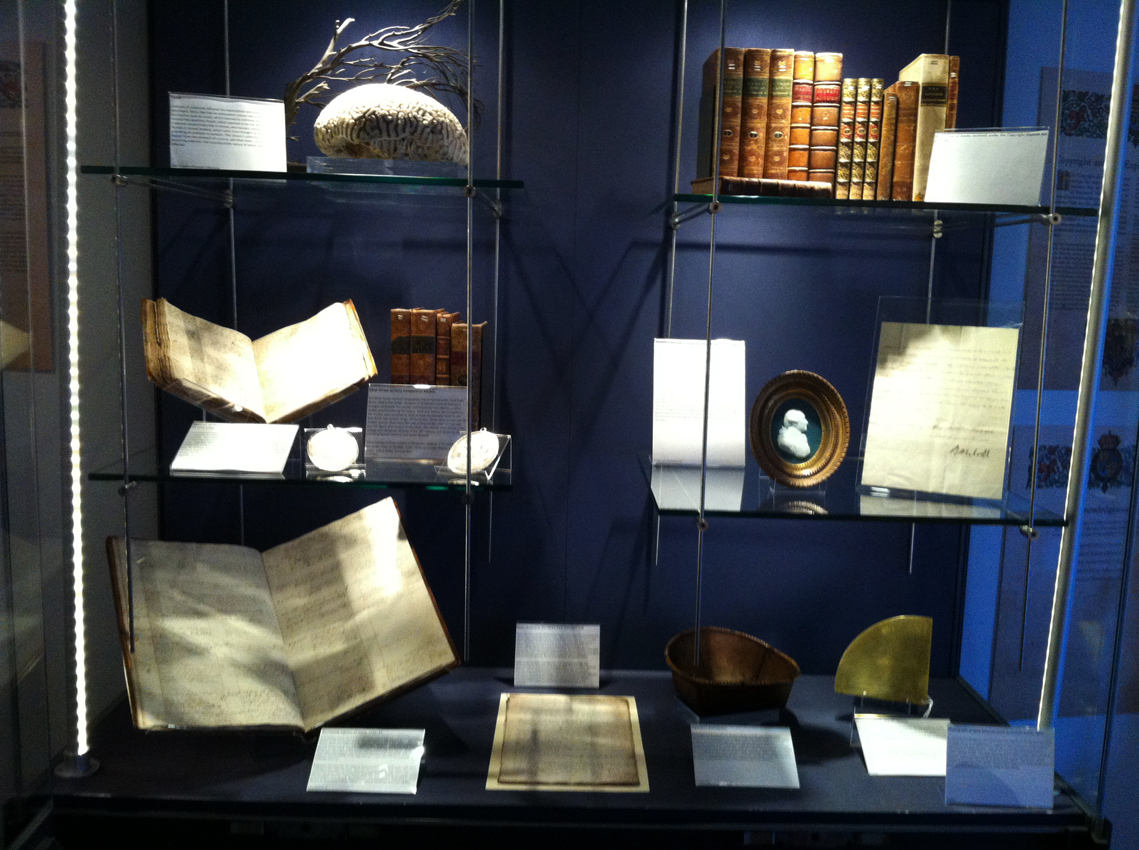
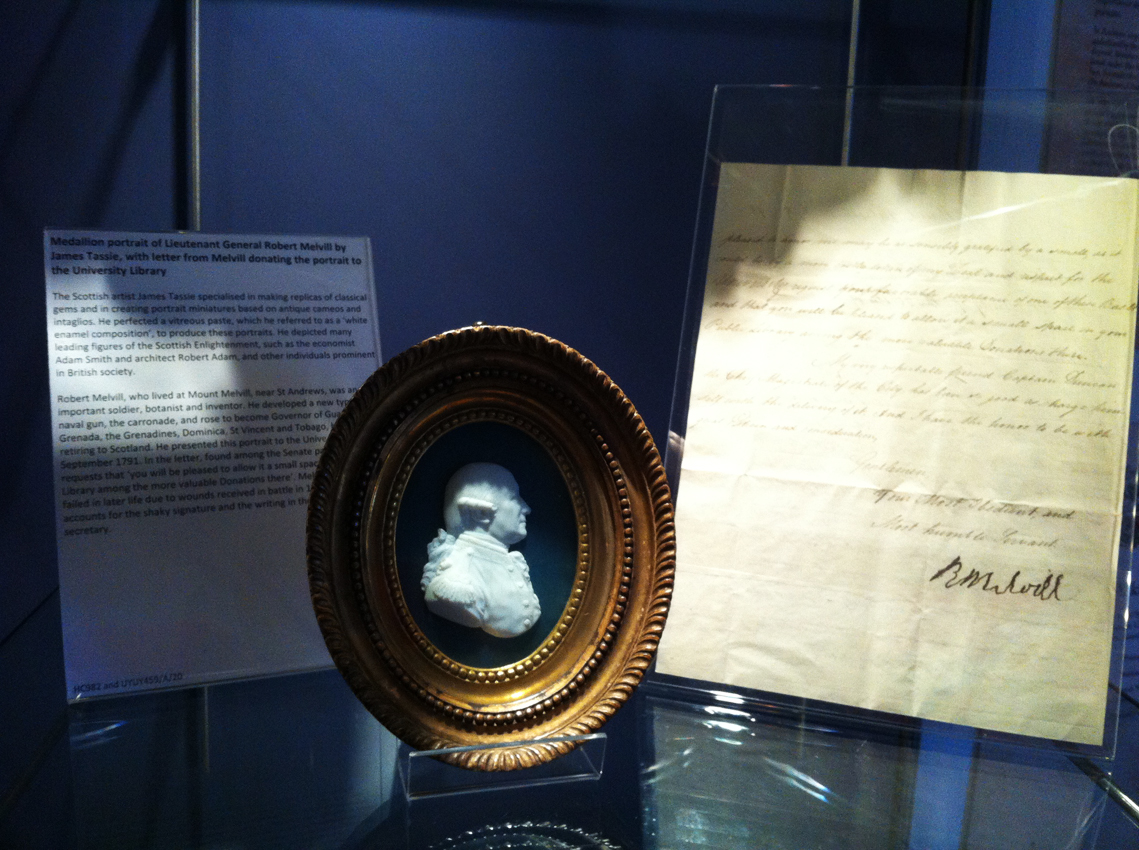
H: We tend to think of libraries as being all about books but of course objects and specimens can also be a good place to start investigation of the world around us. In the 17th and 18th centuries, the period of the Enlightenment, there was a real awareness that research and learning might be based on scientific experiments, or the study of natural history or ethnographic items. A collection of curiosities – items of interest to the curious mind – grew up in the Library. It included items as diverse as coral, a bezoar or stone taken from a horse’s stomach, and a beautiful Algonquin bark basket from North America, stitched with spruce root and decorated with porcupine quills. The Library was also one of the places were portraits of University principals and professors and other eminent people with St Andrews connections, like John Knox, were displayed. We managed to reunite a portrait medallion of Robert Melville, of Mount Melville near St Andrews, who had been Governor of Guadeloupe, with the letter in which he offered it for display in the Library, and these can be seen in the exhibition. I really enjoyed these shared discoveries between Museum Collections and Special Collections. What was the highlight of the exhibition for you?
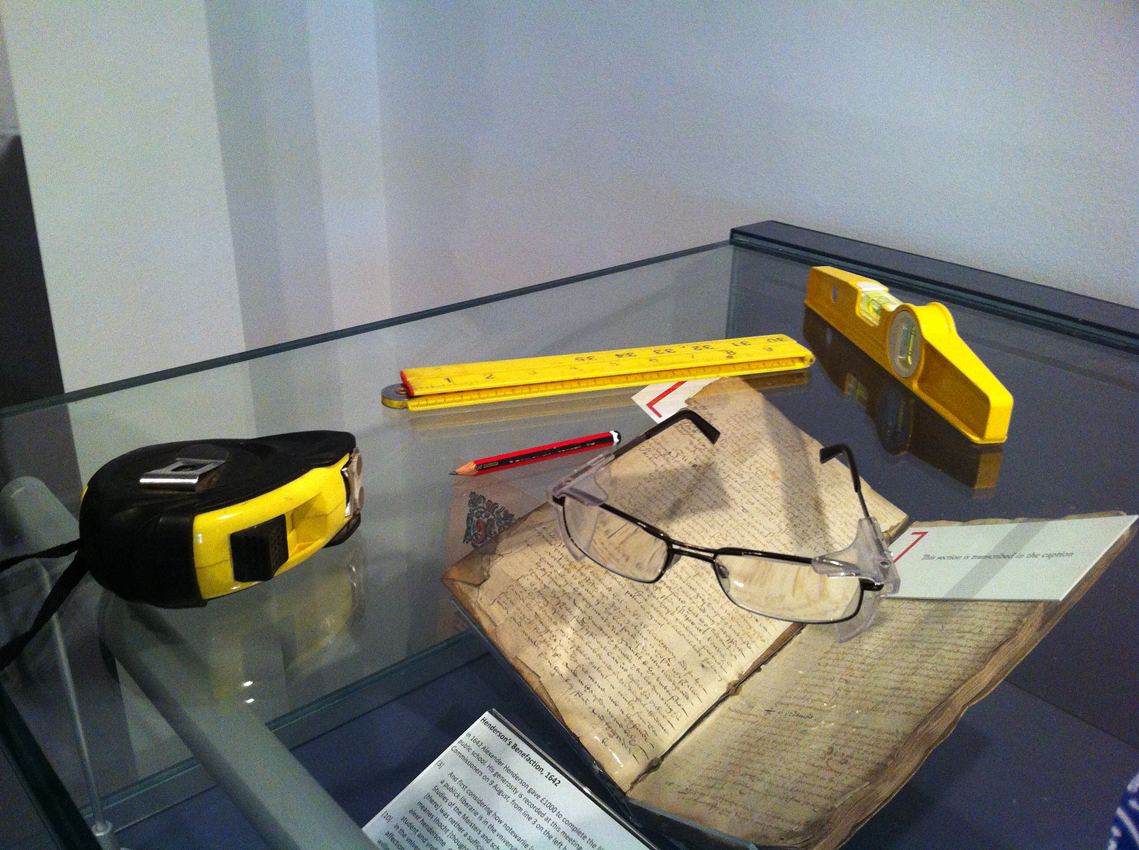
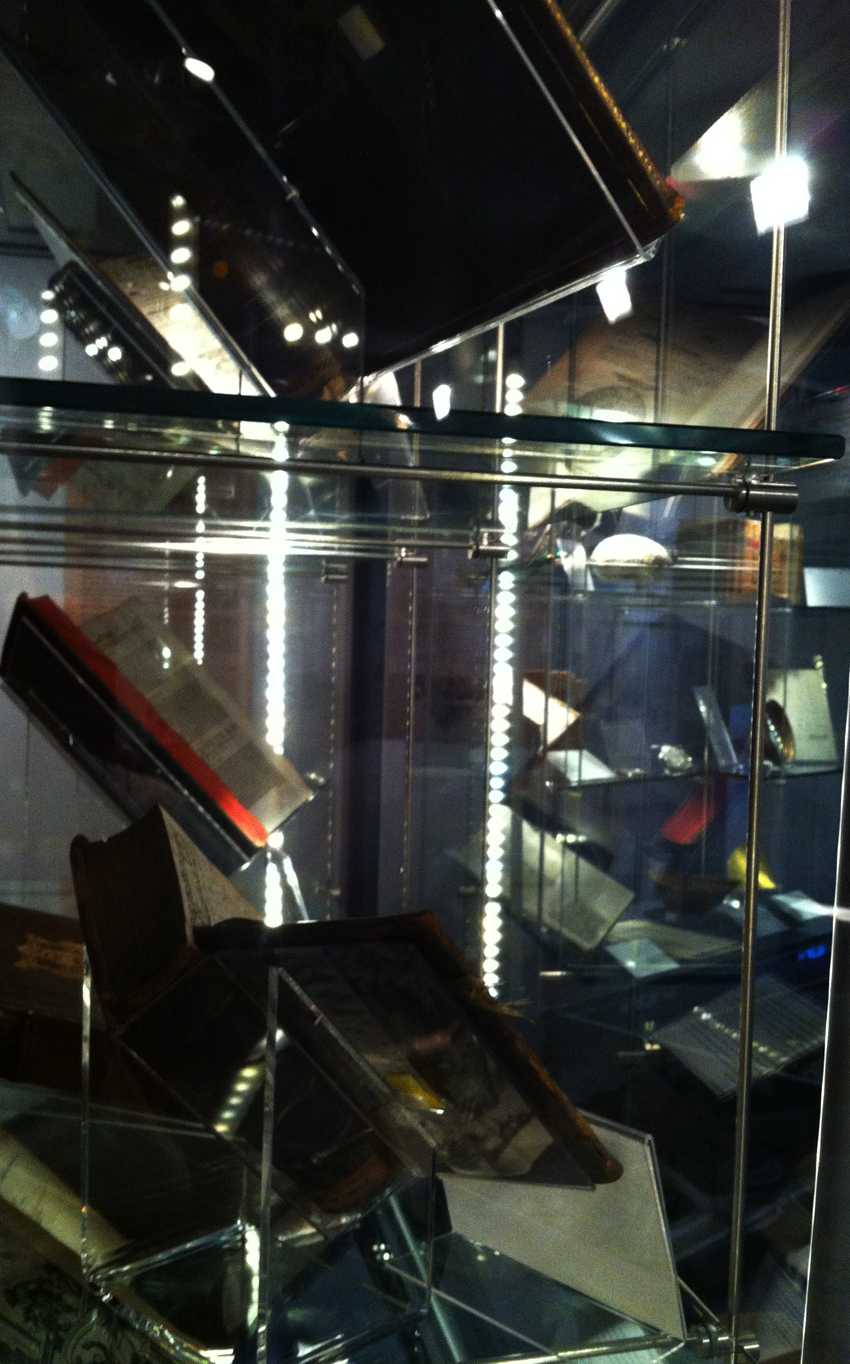
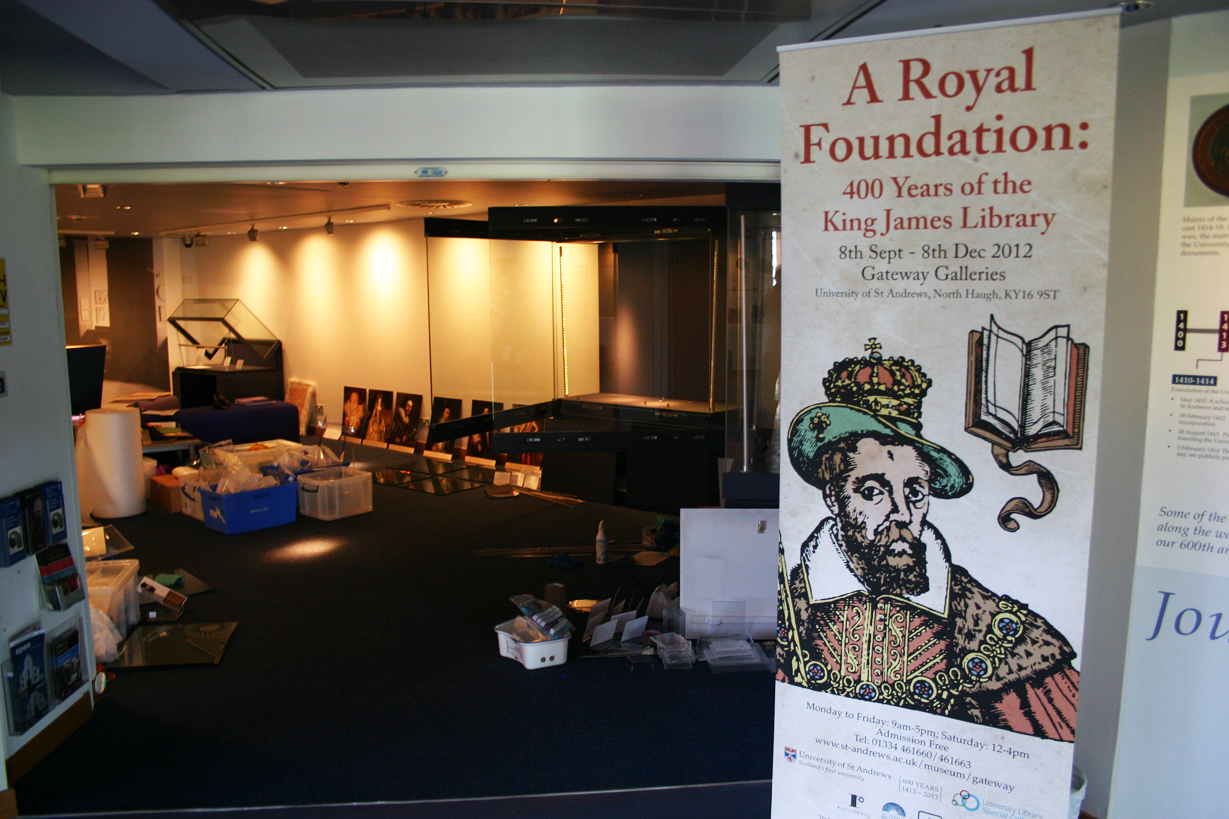
R: I think I most enjoyed the sense of satisfaction as it all came together over two days of installation. Also the challenge of finding solutions to unexpected problems as we went. The bookstands which we had ordered from the National Library of Scotland were beautifully individually crafted, and each book fitted perfectly; the graphic panels and the art work enlivened the walls and brought colour to the whole as we had hoped. But a decision to change a page-opening, to show the graphic elements from the publicity for the sake of continuity, involved caption rewrites and even an emergency over-night Latin translation from Daryl and various Friends of Special Collections. I certainly didn’t enjoy the endless caption and text-editing sessions – but we all learned to be gracious in accepting others’ edits of our precious word choices! We even managed to hold it all together when both our teams had someone go off on maternity leave – welcome to Eleanor and Rosalie May, both born in May 2012! And of course it’s really pleasing to know that the exhibition is a dynamic focus for ongoing activity throughout the semester. We are experimenting with an app to link out to objects in MUSA. And what have your education and outreach team got arranged?
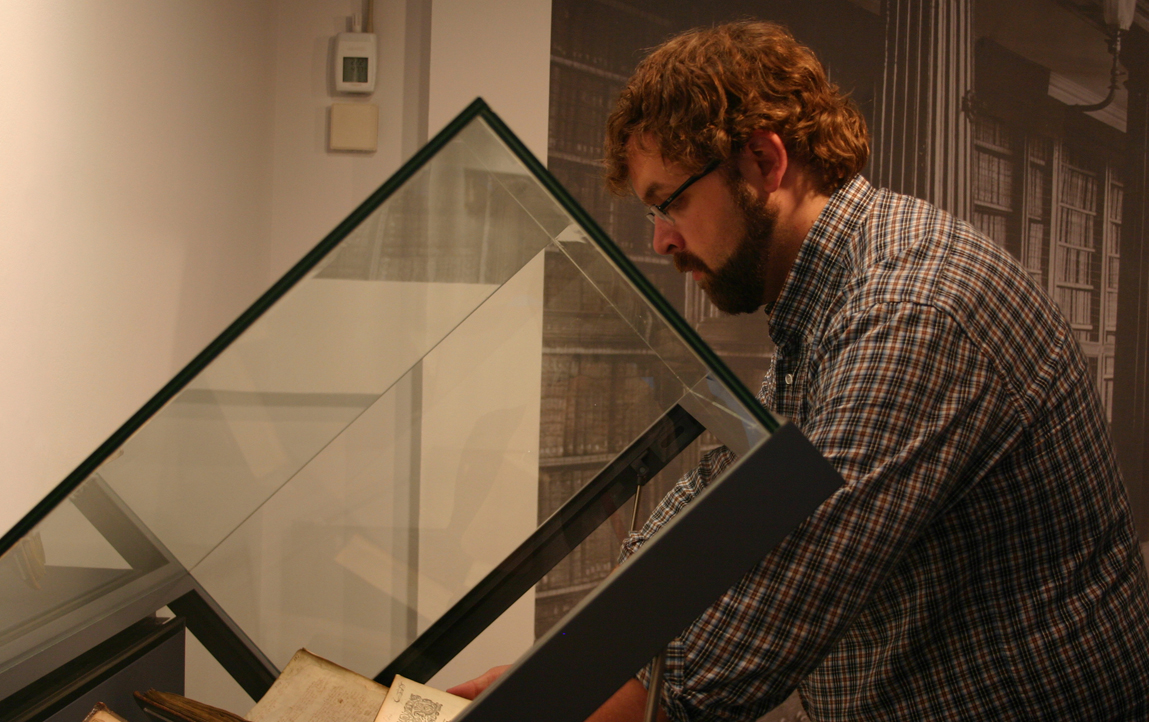
H: We’ve got a really exciting programme, including a book swap, print-making and book-making workshops and a tour of the King James Library itself. We are looking forward to welcoming all our visitors to the exhibition, and hope they’ll join in the activities and events.
***
The team that worked on this exhibition were: Daryl Green, Rachel Hart and Elizabeth Henderson from Special Collections and Jessica Burdge, Amy Dale, Mark McLeod, Annette MacTavish, Helen Rawson and Emma Jane Wells from Museum Collections.
–RH & Helen Rawson, Museum Collections Unit
[...] Post from the University of St Andrew's about setting up their latest exhibition on the history of the library, on display in the Gateway Galleries of the University of St Andrews. [...]